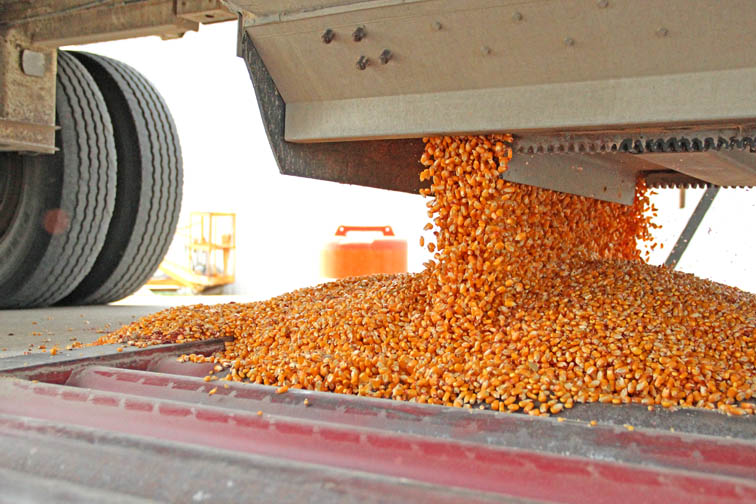May 8, 2014

Corn farmers know that the application of nitrogen fertilizer is a critical factor in the production of corn. There is a short list of issues that may add to or detract from the efficiency of this element. Among these are timing, rate, stage of the crop, soil type and condition, field history, rainfall, drainage, temperature, form of nitrogen being applied, and others.
Probably the most important factor of all is the timing of the early application of N. My friend the late Dr. Charlie Baskin, who was the grain crops agronomist with MSU Extension for many years, used to say that corn “decides” what it is going to do for you by the time it is 10 inches tall. Since Charlie’s time with Extension, a lot of things have changed, but I feel his commonsense approach is still sound.
Another big issue is to apply enough N to reach your yield goal, remembering that corn requires between 1 and 1.3 pounds of N to produce a bushel, with this amount being influenced by many factors, some of which can be managed, and some that can’t.
One of the most progressive things I have seen producers do in recent years is to move earlier toward getting N applied. Some of them start as soon as a stand is visible while others wait until the plants are 4 to 6 inches in height.
While we generally recognize that a split application is the most efficient way to utilize nitrogen fertilizer, many producers apply the entire amount at this early point in order to get the job done in one pass. A few may come back with a pre-tassel application when the crop looks to have good yield potential.
The early application of N ensures that plants will not experience an early deficiency which can lead to reduced yield.
Field history should be considered since fields following soybean may contain enough N to be a safety factor for timing, total rate, and overall availability. A good soybean crop may leave behind 30 or more pounds of available N per acre, which can be deducted from the amount to be applied. This may also be true following cotton or corn when it can be documented that removal was not complete the previous year because of drought or some other yield limiting issue.
Tissue testing or a chlorophyll meter may be used as aids in determining supplemental N needs.
Method of application and form of nitrogen can interact with soil type and drainage to produce both volatilization (loss as gaseous N) and leaching of nitrogen below the root zone. Surface runoff can also be involved when heavy rain arrives soon after a surface application. Injecting the N can reduce losses by volatilization and runoff, and the addition of urease inhibitor can be justified under warm and damp conditions when urea or other ammonia-type nitrogen products like urea are used.
I will probably get some comments here, but when N is applied as ammonium sulfate (AMS) or when it is combined with urea, volatilization loss can be reduced. This is one of the reasons AMS works well in wet conditions, however, the use of AMS should be kept to a minimum since it drives down soil pH much faster than other forms of nitrogen.
There is no such thing as a perfect way to apply nitrogen. The sloppiest surface application can work well if conditions are favorable, but a sound approach is the best way to achieve good results most of the time. As with most things, it’s not so much what you do but what happens after you do it that makes you look smart or stupid.
You May Also Like




